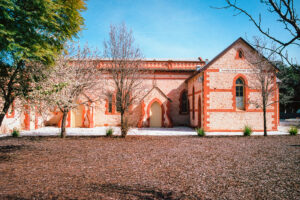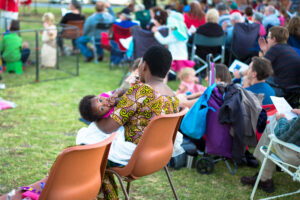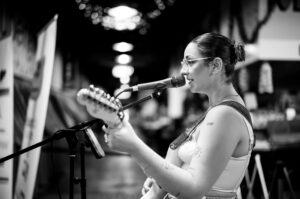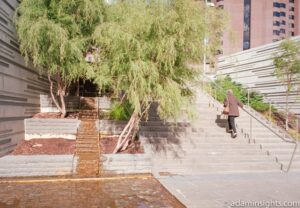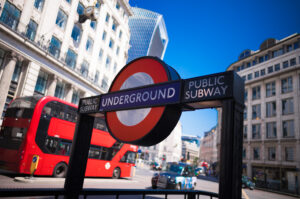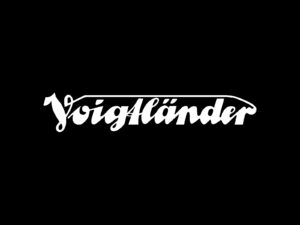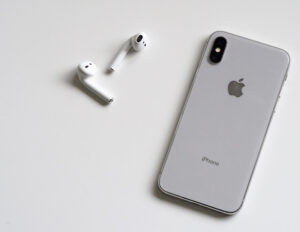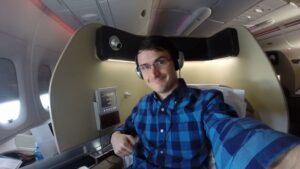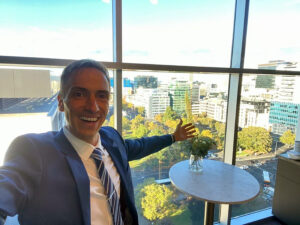Nestled on the western side of Jersey, in the idyllic parish of St. Brelade, lies St. Brelade’s Church, one of the cherished ancient parish churches among the twelve on the island. Gracing the southwest corner of St. Brelade’s Bay, this remarkable church boasts a rare distinction in the Channel Islands—the presence of the Fisherman’s Chapel, a precious medieval relic, standing adjacent to the main church structure.
The historical significance of St. Brelade’s Church is evident through its mention in ancient deeds of patronage, with records dating back to AD 1035 when Robert of Normandy confirmed the church’s affiliation with the Montivilliers monastery, indicating its existence before that time. Originally established by Saint Branwalader, the chancel, the oldest section of the church, was initially a small monastic chapel that extended about six feet into the nave.
In the early 12th century, the church transformed into a parish church, prompting additions and renovations. During the 14th and 15th centuries, the roof was raised to a Gothic pitch, elevating both the main church and the Fishermen’s Chapel. The original cruciform structure featured a chancel, nave (constructed in two stages), and two transepts, with subsequent expansions including the construction of the chancel aisle and later the nave aisle.
The tower, a more recent addition, was built after the chancel. The church once boasted a rood screen, supported by corbels that remain in place today, along with a closed-up doorway used for approaching the rood. The font vanished during the Reformation but was rediscovered hidden amidst bracken and gorse on the nearby slopes in 1840 and subsequently restored to the church. A decorative wooden cover for the font was added in memory of H. G. Shepard, a dedicated churchwarden.
An intriguing piece of history, an assumed smokers’ gallery was believed to have existed above the font until 1843, although no supporting documentation has been found. The Lady Chapel houses a processional cross from the 13th century, discovered buried within the church.
The construction of the church primarily utilized stones gathered from the beach, with limpet shells still visible on the stonework. The stained glass windows, created by Henry Thomas Bosdet, replaced the plain glass windows from the Reformation era. The pulpit features a carved text, Proverbs 25:11, which reads: “Telles que sont les pommes d’or emaillées d’argent, telle est la parole dit comme il faut” (A word fitly spoken is like apples of gold in filigree work).
During the 1890s restoration led by Balleine, the entire interior stonework, previously covered in plaster and whitewashed, was revealed to showcase the granite beneath and was repointed with cement. The restoration also introduced Art Nouveau woodwork to the choir stalls and pulpit, while the chancel received modern paving made from five different varieties of Jersey granite, representing the waves breaking on the seashore.



